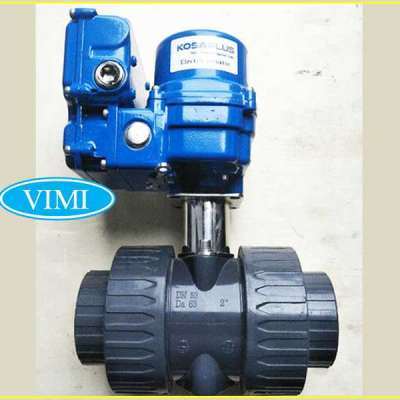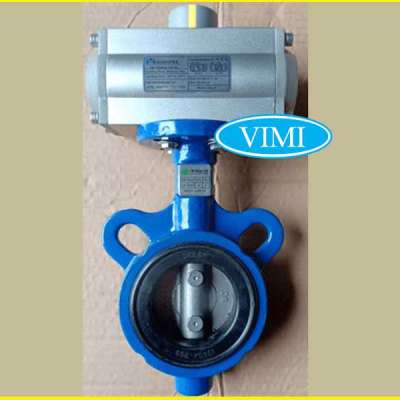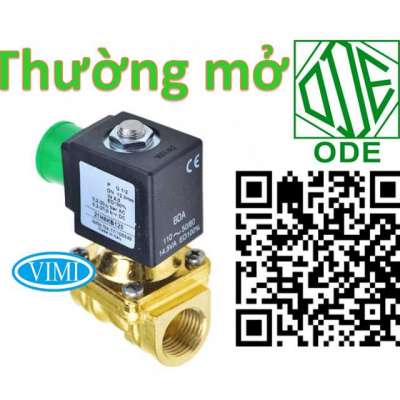The Role of Audio Visual Services in Museums and Exhibitions
Introduction
Museums and exhibitions play an important role in educating the masses and preserving history and culture for future generations. However, in this digital age, simply displaying artefacts and paintings is no longer sufficient. Visitors now expect an engaging and immersive experience at museums and exhibitions. This is where audio visual services come in and play a pivotal role in enhancing the visitor experience. Through interactive technologies, multimedia content and coordinated presentations, AV services bring the exhibits to life and make learning fun and memorable.
In this blog, we will explore in detail the various audio visual services utilized in museums and exhibitions and how they enrich the visitor experience. We will look at different types of AV technologies, their application and impact.
Audio Visual Technologies Used in Museums
Some of the key audio visual technologies commonly used in museums and exhibitions include:
Video Projections and Screens
Large format video screens and projectors are used extensively to project documentary films, presentations and multimedia content related to exhibits. This provides visitors a visually engaging way to learn more details and bring artifacts to life. Interactive touch screens are also utilized for displaying additional multimedia content that visitors can explore on their own.
Headphones and Audio Guides
Audio guides that connect to specific exhibits through headphones or portable devices allow visitors to listen to narration, stories and additional information about artifacts as they view them. This makes the learning self-paced and personalized. QR codes or RFID tags associated with exhibits can also trigger auto-played audio clips.
Interactive Kiosks and Displays
Interactive kiosks, touch screens and multimedia stations placed within gallery spaces encourage exploration and interactivity. Visitors can watch short videos, view 3D models and simulations, play games and quizzes related to exhibits through these. Some also offer virtual/augmented reality experiences.
Signage and Wayfinding Systems
Clear directional and informational signs assist in visitor wayfinding. Digital signage systems driven by internal networks are replacing static printed boards. These allow scheduling multimedia content and real-time updates easily.
Role of AV in Enhancing Visitor Experience
The use of various audio visual technologies plays a vital role in improving the overall visitor experience at museums and exhibitions. Some ways in which AV enhances experience include:
Context and Details
Multimedia content, films, simulations and interactive elements paired with exhibits provide vital historical, cultural or scientific context and details that artifacts alone may not convey. This enhances understanding.
Immersive Learning
Experiential exhibits using VR/AR, motion-activated content, interactive tables foster curiosity, engagement and immersive learning by involving multiple senses beyond vision.
Self-paced Exploration
Audio guides, touchscreens, and multimedia stations encourage independent exploration allowing visitors to focus on areas of personal interest at their own pace.
Wayfinding Assistance
Digital signage, maps and interactive directories help visitors efficiently navigate exhibitions and locate specific sections or artworks of interest.
Entertainment and Joy of Learning
Gamification, interactive quizzes, simulations make the learning process itself an entertaining and joyful experience.
Inclusive Design
Elements like audio description services, assistive listening devices make cultural spaces and content accessible to visitors with disabilities as well.
Role of AV Professionals in Museums
Planning and implementation of robust audio visual systems requires expertise of dedicated professionals. Some key roles of AV professionals in museums include:
Exhibition Design Consultancy
AV experts assist curators and designers in conceptualizing immersive experiences and determining suitable interactive, multimedia and engagement elements for each exhibition.
Technology Selection and Procurement
Based on exhibition goals and space constraints, AV teams research latest technologies, conduct feasibility studies and procure appropriate hardware, software and content creation tools.
Content Development
In-house AV producers and developers work with curators to script, record, and produce multimedia presentations, documentaries, architectural reconstructions and interactive content.
Installation and Integration
Installation of all audio visual equipment, networking, configuration, testing and calibration is handled by technical teams to achieve seamless integration with exhibitions.
Maintenance and Technical Support
On-going maintenance of AV assets, software upgrades and providing support during operations and events is key responsibility.
Training and Documentation
User manuals, training programs for frontline staff and troubleshooting resources are created to enable effective system use.
Data Analytics and Evaluation
AV teams also analyze metrics to evaluate user behavior patterns and content engagement for planning reforms and future interactive experiences.
Conclusion
In conclusion, incorporation of innovative audio visual technologies and services has revolutionized the museum experience, making it highly engaging and enriching for modern audiences. Multimedia presentations, interactive programs, digital signage and navigation tools play a pivotal role in bringing exhibitions alive and provide an all-round immersive experience. Dedicated audio visual professionals further enhance the implementation and experience through their technical expertise, creative solutions and continuous evaluation. In the future, we can expect to see wider adoption of virtual and augmented reality transforming museums into truly engaging edutainment destinations.
Read More:- https://elovebook.com/read-blog/74623
Like
Comment
Share















